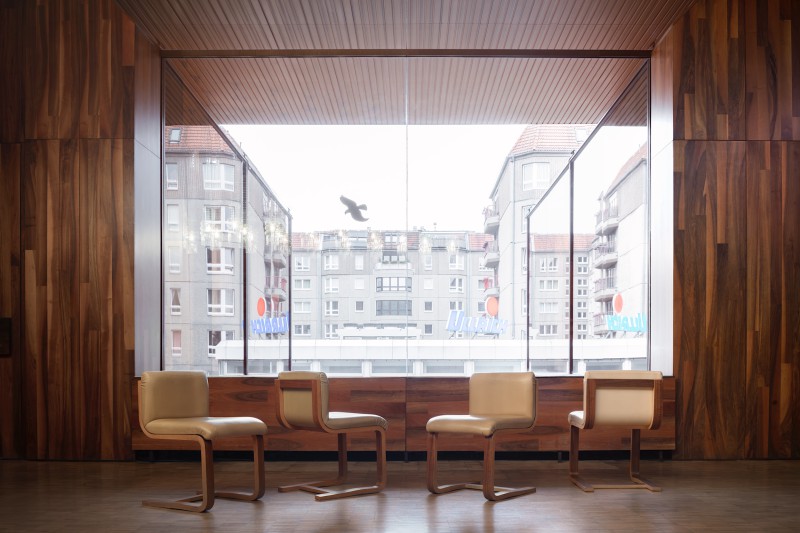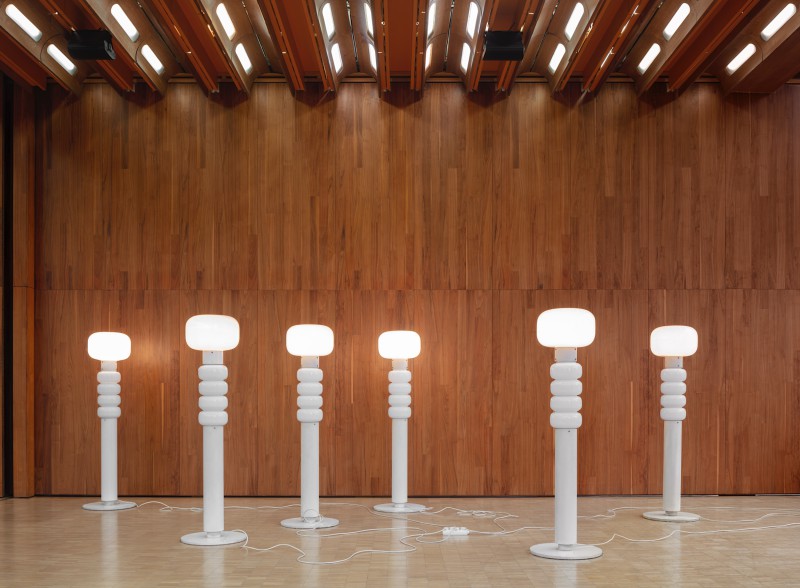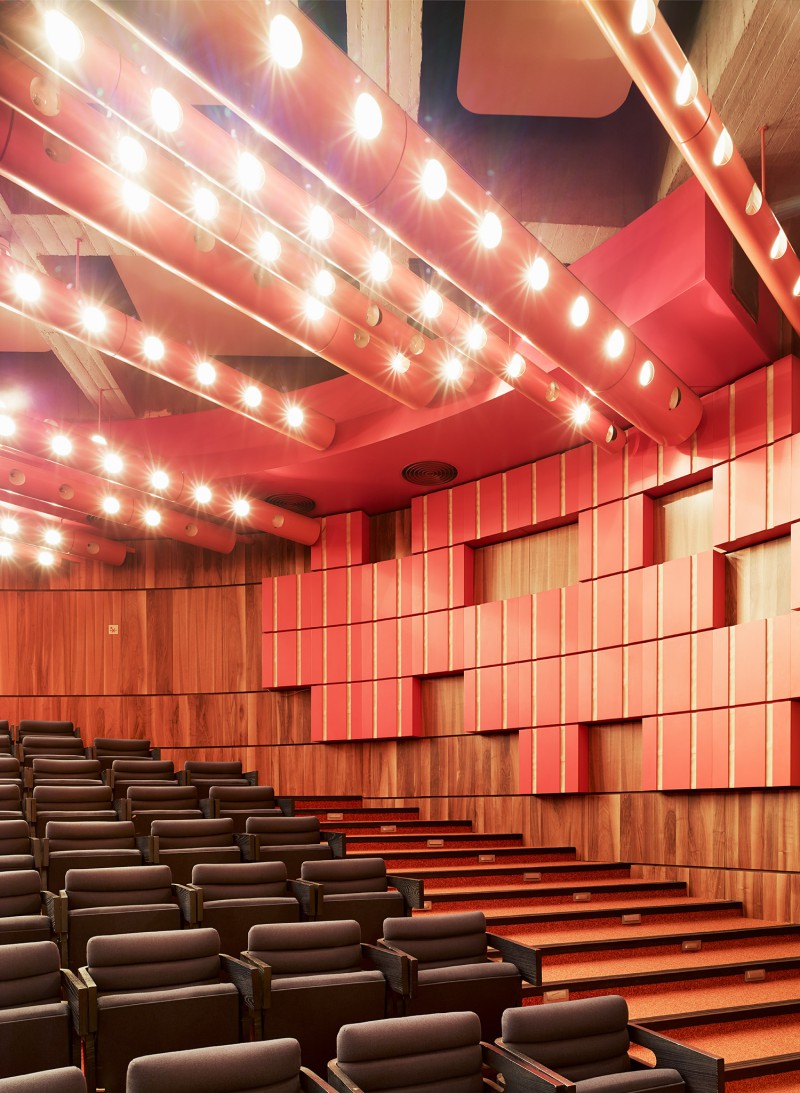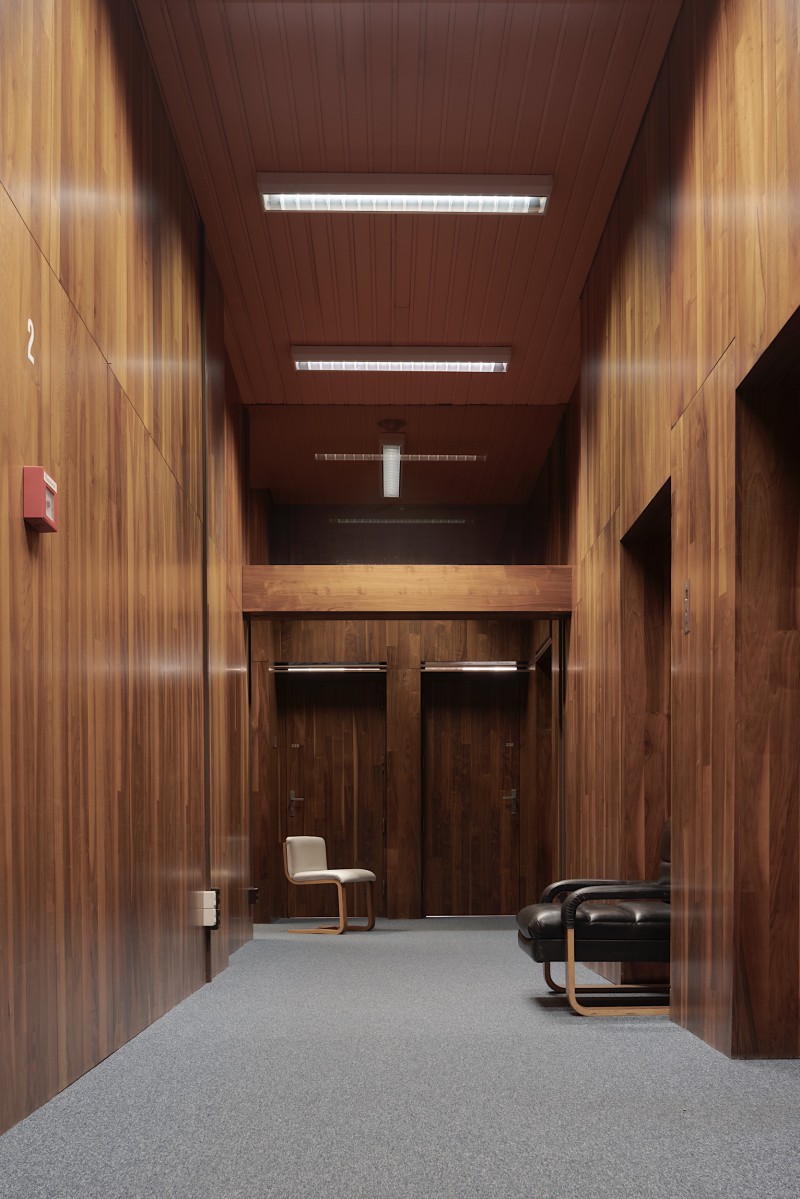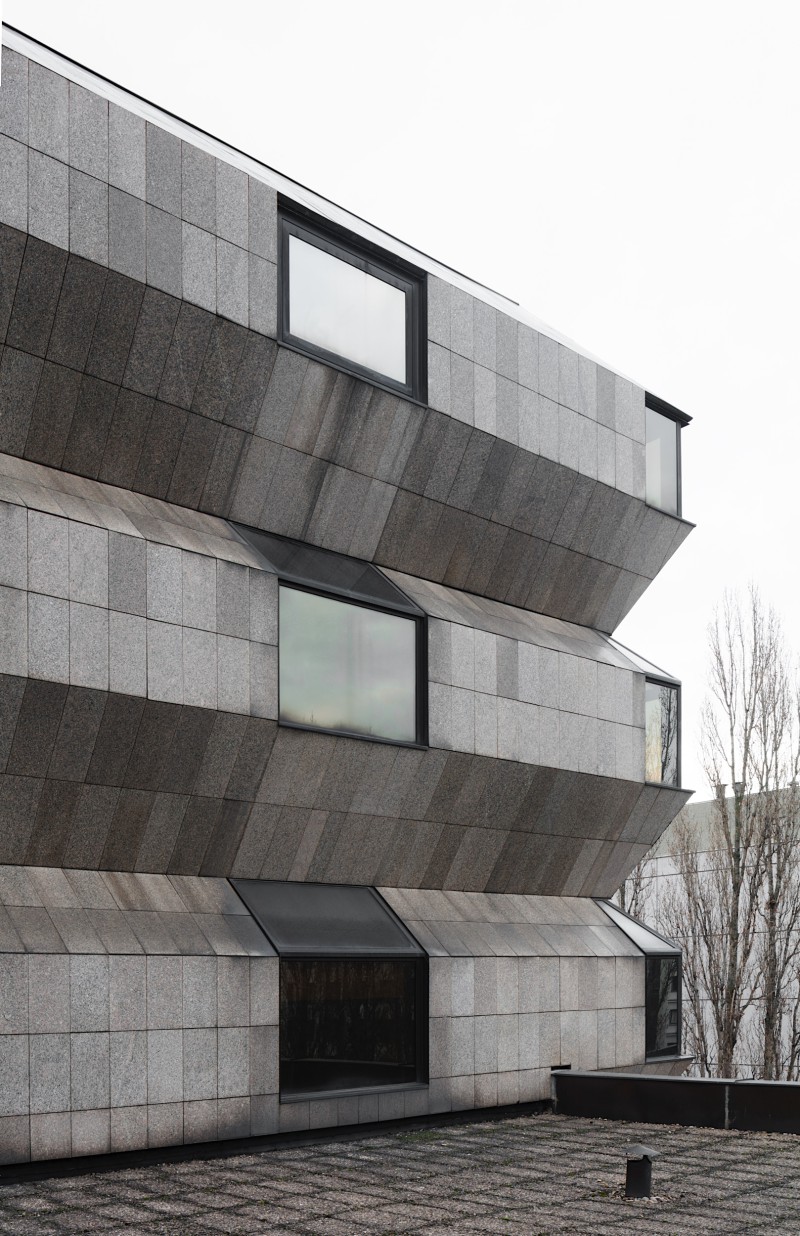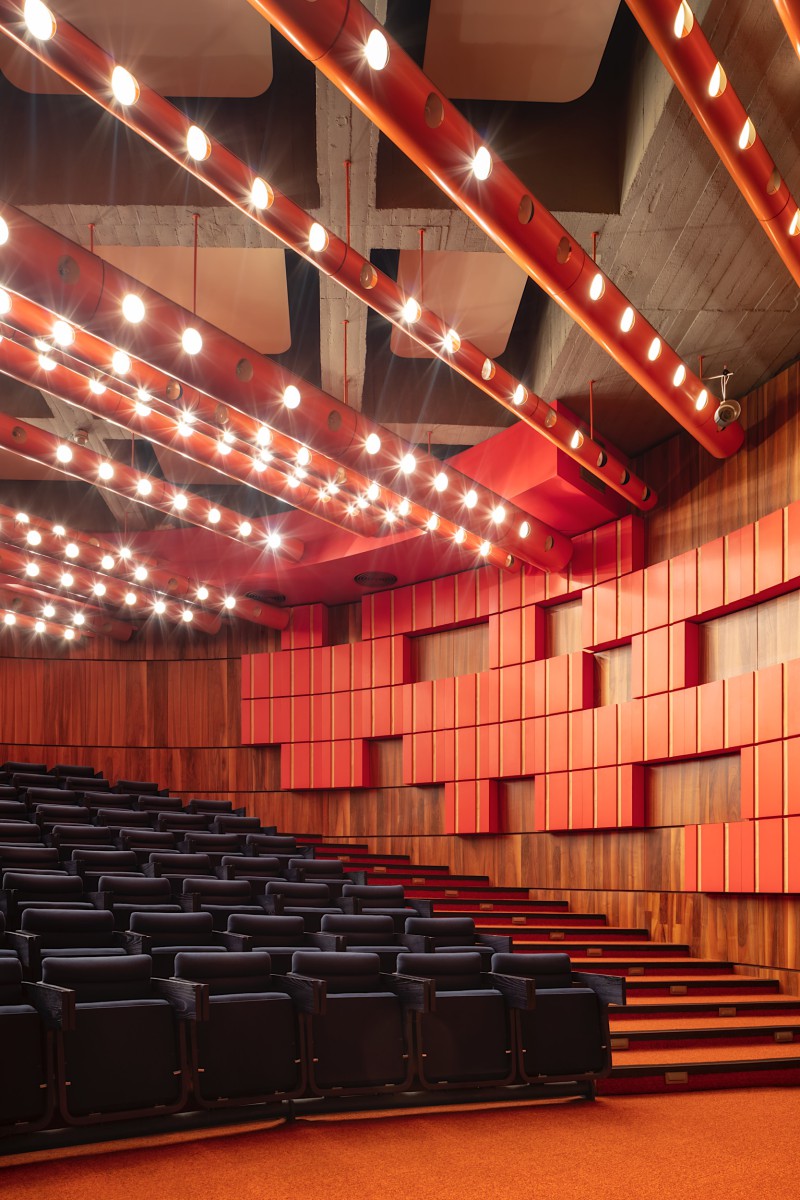We use Vimeo to host our videos. Read more in our privacy policy.
(1 / 3)
We use Vimeo to host our videos. Read more in our privacy policy.
(2 / 3)
We use Vimeo to host our videos. Read more in our privacy policy.
(3 / 3)
Prologue—Does the Spaceship Enterprise have anything to do with Czech public diplomacy? Maybe not at first sight, but the building of the Czech Embassy in Berlin, which is often described as a spaceship, has in fact been contributing for many years now to one of the most important tasks in public and cultural diplomacy. This is the task of communicating a positive image of the Czech Republic and providing an interface, an imaginary gateway, between the diplomatic world and the broader public. The embassy building itself might not conform to all aesthetic ideals, and nor is that its aim or the aim of its architects, but it corresponded entirely to the needs of the time and the purpose for which it was built.
It is one of the most important works of the architects Věra Machoninová and Vladimír Machonin, and it is often wrongly perceived as an example of the architecture of so-called normalisation, following the suppression of the Prague Spring in 1968. However, it actually exemplifies an architecture which arose despite that time, as can be seen from the professional fate met by the Machonins later on, after they refused to sign a statement in support of the Soviet occupation of Czechoslovakia.
With the exhibition Raumschiff Enterprise, we would like to pay tribute to a building which has not only shaped the programme and direction of the Czech Centre Berlin for more than a decade, but also helped us to connect with the international Berlin audience. I believe that with this exhibition, which marks the 50thanniversary of the initial plans for the Embassy, we have also succeeded in provoking a small public debate about a building which rouses all sorts of emotions–after all, what would art be without emotions?
JIŘÍ ROSENKRANZ, DIRECTOR OF THE CZECH CENTRE BERLIN
There must be something about the Embassy. That is, the building of the Czech Embassy in Berlin. Otherwise, people wouldn’t have such differing opinions about it. Without a doubt, it is one of those things which are either liked or disliked, if not hated. Even passionately!
If we look at it from a historical or architectural point of view, it’s a relic. The time of brutalism is long past, and we’d be justified in saying: Thank God! But that would only explain, why people now dislike the building. Both its size and its shape give it a rather threatening character. And financially, too, looking after it is no picnic for the proprietors. Still, that’s not the whole story. There are people who like the building – even its owner!
Why? Just as there must be a theory about practically everything in the world, I have a theory about this. My theory is that when we look back at the last decades and consider the fate suffered by many of the Embassy’s architectural contemporaries, this building is not just threatening, but also threatened. When the chunky aesthetic of brutalism went out of fashion, the grace period for its most characteristic specimens was generally very short. One after another, they were torn down. That continued until the building of the Czech Embassy in Berlin began to take on something sad and fragile – contrary to its original nature. Even though the building has often been nicknamed the “Spaceship Enterprise”, I would rather tend to talk about it as an architectural dinosaur. And that makes it–not unlike Jurassic Park–loveable for many people. No wonder they like it! And whether they like it or not, clearly the Embassy has a certain something!
TOMÁŠ KAFKA, AMBASSADOR OF THE CZECH REPUBLIC TO GERMANY
Raumschiff Enterprise 50 Years of the Czech Embassy in BerlinDesigned by the architects Věra Machoninová and Vladimír Machonin in collaboration with Klaus Pätzmann, the building of the Czech embassy in Berlin is an architectural icon built at the heart of a divided city. Conceived in 1972 and completed in 1978, the building was nicknamed “Raumschiff Enterprise”–a spaceship that landed in the terrain vague in close proximity to the Berlin Wall. It served as the single reference point in the area until the late 1980s.
Cutting-edge geometry of the volume creates the self-contained, futuristic appearance of its exterior–formed by granite panel cladding, large tinted windows, horizontal window bands and slanted window parapets. On the first floor, three glass capsules raised above the ground emphasise the distinct outline of the embassy. The exterior stands in stark contrast to the interior design environment–a unique symbiosis of colour, material, and art in architecture designed by the architects that remains largely intact today. The interior bursts with bright orange, red and yellow, suggesting a great sensibility and conscious play with the emotional colour effects one encounters in the work of Verner Panton or Le Corbusier’s art brut paintings.
The embassy is an outstanding achievement of Brutalism in Berlin. Its unique features transcend the East-West difference in terms of creativity and style, expressed in the individual designs of the architects, their constructive abilities, art conceptions and craftsmanship. Despite these apparent qualities, the building’s contested reception as “communist” or “Eastern” and difficult maintenance continuously casts a shadow on its persistence as a cultural monument.
The exhibition and catalogue celebrate the 50thanniversary of the planning of the embassy, from the first design in 1972 until today. It showcases a unique semi-staged photography series by renowned Berlin and Paris based photographers Simon Schnepp and Morgane Renou. The archive presents historical plans from the National Gallery Prague, photographs and a model from the Berlinische Galerie and original furniture designs by Věra Machoninová and Vladimír Machonin from the building.
HELENA HUBER-DOUDOVÁ, SIMONA BINKO CURATORS OF THE EXHIBITION
